
Review on 🔥 Improved Laptop Heatsink Thermal Pads with Copper Heat Conductivity by George Saunier

Frustrating but worth your time - my temp dropped 10C from 53C to 43C
Gigabyte B550 Aorus AX Pro Mini-ITX motherboard. I have the 970+ in a PCI-e Gen3 slot which is on the bottom of the motherboard where there is no airflow. The drive ran at 53C with light usage, which Samsung software marks as hot. Until recently, the machine ran for about six months with no BSODs or reboots. I started suspecting a hard drive issue when I realized that it most commonly occurs when streaming videos or copying large amounts of data to the hard drive, but I had no idea if it was a physical issue or multiple file issues. which was damaged. So I decided to take a multi-pronged approach - lower the drive's temperature, eventually plug in a PCI-e Gen4 drive, which becomes the system drive, and use the 970+ as a data drive, but attached with some sort of heatsink, to try to keep the temperature down. 53C doesn't seem all that high, but bringing it back into what Samsung considers a "normal" operating range was an obvious move. I customized this kit by layering all the components like anyone else: thin heatsink, one layer of copper. , another thin heating pad, a second layer of copper, then a thick heating pad. When I put the motherboard back into the (tiny) case, I was careful to lay it straight and not pull the board along the bottom of the case, which could later catch the sticky underside of the thermal pad and rip it off. When I lifted the board to check the installation, the sandwich heatsink stayed on the bottom of the case, allowing some contact with the bottom of the case, which I intended to use as a large heatsink. If I were to do it again I could swap out the one second thinner thermal panel for a thicker one for a slightly stiffer contact. Bottom line - my drive temperature dropped from 53C idle to 45C idle (typical), so I've met my goal. . I'll be upgrading to Windows 11 in a few weeks, which will overwrite most of the OS's files and hopefully eliminate the possibility of core system file corruption. I will also update key system drivers like AMD motherboard chipset drivers and GFX drivers. Hopefully this combined with the temperature drop should solve my rebooting issues. Something to note: Silicone thermal pads are REALLY cumbersome when trying to remove the second clear plastic cover. Just be patient and use either your fingernail or a small screwdriver. If the heating pad gets crumpled, don't panic, it will lift out of a corner quite easily so you can straighten it, but it's VERY painful. - Try to avoid fingerprints on copper - Finger oil does not promote sticking of the heating pad. - Clean the bottom of the case if you do what I did and use the case itself as a heatsink. - Measure the distance between your motherboard to see how far the bottom of your SSD is from the case, then guess how thick your pad is. You will get very little bounce from the silicone but don't put any pressure on it as you don't want to flex and therefore stress your motherboard as it can make things worse. If you liked this review, I would be happy if you press the LIKE button! Many Thanks :)
- Great for a small home
- Questionable buy for seniors
New products
Comments (0)
Top products in 🧰 Computer Internal Components
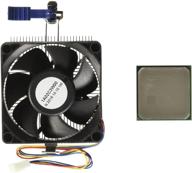
💪 AMD FD6300WMHKBOX FX-6300 Black Edition: 6-Core Processor with Unparalleled Performance

134 Review

Unleash High-Performance with AMD Ryzen 5 3600XT Processor & Wraith Spire Cooler

223 Review

AMD Phenom II X4 940 💻 Black Edition 3.0GHz AM2+ Processor - Retail

96 Review
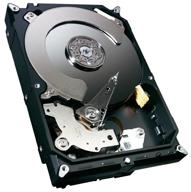
Seagate Barracuda 1TB HDD ST1000DM003

93 Review
Another interesting products

Comprehensive 500pcs Laptop Screw Kit Set for 🔩 IBM HP Dell Lenovo Samsung Sony Toshiba Gateway Acer

12 Review
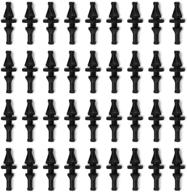
36-Pack Black Rubber PC CPU/Case Fan Screws/Rivets Set for Computer

11 Review
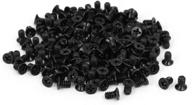
uxcell 3.5" HDD Screw Black 200pcs for Computer PC Case - Flat Phillips Head - 6#-32 - Hard Drive Fasteners

10 Review
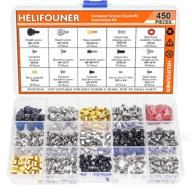
🖥️ Helifouner 450-Piece Computer Standoffs Spacer Screws Kit: Ideal for Hard Drive, Motherboard, Fan, Power Graphics & Computer Cases

10 Review

